The Montreal Canadiens celebrated the returns of Brendan Gallagher and Kirby Dach from injury with a 3-2 upset over the Tampa Bay Lightning on March 21. Only one of the two truly contributed to the victory, with Dach opening the scoring in the first period. It’s unfortunately a familiar story from Gallagher’s perspective, one Habs fans should get used to moving forward.
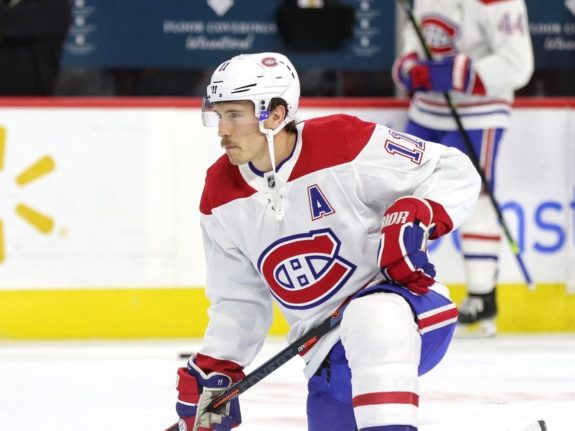
Beleaguered by injuries over most of his career, Gallagher’s production has fallen off a cliff from what it once was. Now going on 31, Gallagher has just four goals and nine points in 26 games. So, what can one expect from the rough-and-tumble forward over the last four seasons of his ill-advised six-year, $39 million deal? Here are the five likeliest scenarios, ranked in order:
5. Gallagher Rediscovers His Scoring Touch
Just a few short seasons ago, Gallagher was coming off two straight 30-goal, 50-point seasons. Hell, even in 2019-20, when he played just 59 games, he scored an impressive 22 goals and 43 points. However, those 59 games were a sign of a trend, with him playing just 35 of 56 games in 2020-21, when the Canadiens ended up reaching the Stanley Cup Final.
It was during those 2021 Stanley Cup Playoffs that a lack of production began to show, as he scored just six points in 22 games. However, seeing as the Canadiens were winning and he was playing with the team’s primary shutdown center in Phillip Danault, no one read too much into it.
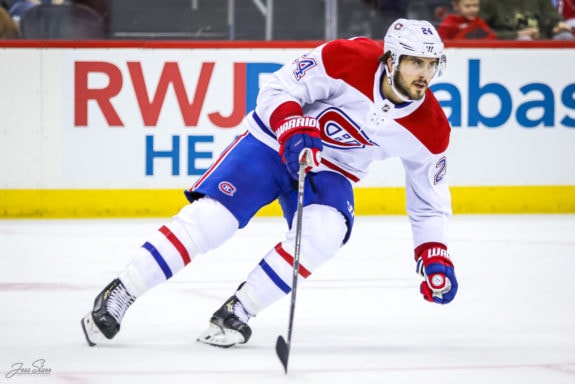
Of course, then the Habs let both Danault and Tomas Tatar, Gallagher’s other linemate on traditionally one of the NHL’s best units, walk as free agents during the offseason. The departures didn’t help, as his offensive struggles continued to the tune of a career low seven goals (and 24 points) over 56 games in 2021-22. Heading into the offseason, Gallagher expressed his belief the longer non-playoff offseason (after the Habs finished last) would help with his training and get him back to where he needed to be.
Ultimately, Gallagher has been proven wrong. In his defense, he is only getting 14:11 per game, less than bottom-six-forward Jake Evans (14:22). However, in 2017-18, when he scored a career-high 54 points, he got a relatively modest 16:09. So, it was arguably always about strategic deployment.
Now that the Canadiens have more offensive weapons at their disposal (when healthy), players who are on the upside of their careers, it’s very unlikely Gallagher gets the opportunities he once did. With Christian Dvorak acting as his primary center, the Canadiens seem resigned to giving him third-line minutes from here on out, with the hope being that he at least stays effective in other ways… at least as long as he stays a Hab.
4. Gallagher Gets Traded
Ideally, you’d have to believe the Canadiens would trade Gallagher. After all, general manager Kent Hughes inherited the contract. Predecessor Marc Bergevin signed Gallagher to it in late 2020, giving him a modified no-trade clause (six-team no-trade list) to boot, making it hard to trade in the first place.
Related: Canadiens with the Most Untradeable Contracts at End of 2022-23
Combined with Gallagher’s age and the term he has left on his deal, it’s inherently unlikely the Canadiens find a taker for his services, at least in the immediate future. That can change the closer Gallagher’s contract comes to a close as his salary drops from a high of $9 million in 2024-25 to an eventual low of $4 million in 2026-27. So, as pending unrestricted free agent, maybe, but first Gallagher needs to stay relatively healthy up to that point.
3. Gallagher Retires Early
An early retirement for Gallagher is hardly at the top of any Canadiens fan’s wishlist. However, with goalie Carey Price and defenseman Shea Weber having “retired” (for all intents and purposes) over the last few seasons without having been able to play out their deals, it’s at least a possibility everyone must consider.
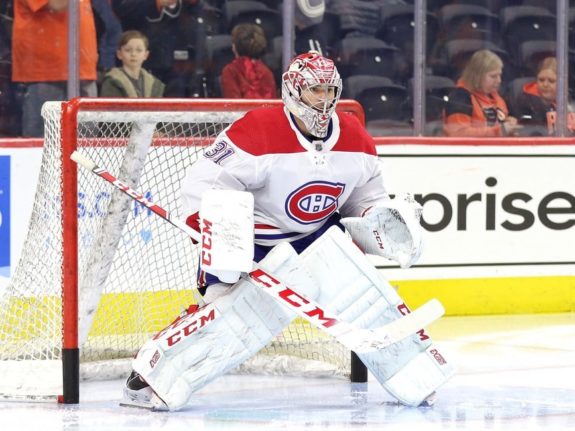
After all, Gallagher has played just 176 (of 280) games since the start of 2019-20. Even before that point, he was regularly taking punishment on a nightly basis. That’s not even including the consecutive seasons from 2015-17 he sustained multiple hand injuries, from which he returned more effective at scoring and driving play than ever before.
Even so, injuries add up and Gallagher, who’s now undeniably in the back half of his career at best, may still have the mindset of a warrior, just maybe not the body of one. It’s hard to imagine Gallagher staying healthy for the balance of his deal, after which he’ll be 35, at which point the Canadiens re-signing him (to a 35-plus contract) is out of the question. Even if he doesn’t retire, there are no guarantees the Canadiens keep him in the fold.
2. Canadiens Buy Out Gallagher
The Canadiens won’t buy out Gallagher at their earliest opportunity or anything. After all, the Karl Alzner buy-out is still on the books up until next season. Furthermore, seeing as Gallagher is over 26, any buy-out would end up being worth two thirds of the remaining contract value. So, the Canadiens get hurt less the longer they wait.
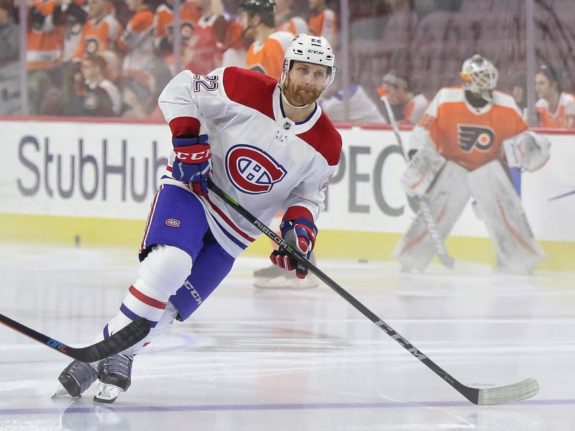
Seeing as the Canadiens aren’t looking to realistically compete over the next few seasons, they’re not necessarily in any rush to free up cap space anyway. However, it becomes more of an option the closer the Canadiens get to a playoff spot, especially as the cap ceiling increases.
It’s worth noting, it won’t just be Gallagher’s $6.5 million hit that becomes a hindrance. If his play continues to decline, his roster spot will ideally go to someone else too. A buy-out frees up the latter, while giving the Canadiens at least some relief with regard to the former.
1. Gallagher Stays with Canadiens in Reduced Role
To a certain extent, all this piece is meant to do is address the elephant in the room. No one should be cheering for Gallagher’s tenure with the Canadiens to come to a close, even if it’s going to happen eventually one way or another.
True, based on Gallagher devotion to the team and the injuries he’s sustained over his tenure with the Canadiens, all in the name of giving it 100% just about every shift (by all appearances), he’s earned the right to go out on his terms, as a Hab if he so wishes. However, what he’s earned and what will happen are two different things, as the NHL is a business at the end of the day.
The Canadiens simply can’t continue to give ice time to a forward who isn’t producing. The fact Gallagher is already playing in a reduced role compared to in his prime is proof they recognize that. So, look for the status quo to hold true for the foreseeable future, his ice time to decrease further.
It’s an unfortunate reality, but Gallagher’s staying put, barring a trade in the last year of his contract, at which point the Canadiens will likely have to retain salary (maybe even add a sweetener). Any point before 2026-27, and the Canadiens will have to retain salary for each of his remaining seasons under contract, making a deal any earlier unlikely to say the least.
Gallagher’s reduced role on the Canadiens is sad in one way, as it represents the end of an era. However, it also represents a natural changing of the guard and a way for the Canadiens to become more competitive over the coming seasons. As Hughes’ rebuild continues to take shape, it simply makes sense for Gallagher’s game-to-game presence to decrease as his decline has largely coincided with the new GM’s hiring.
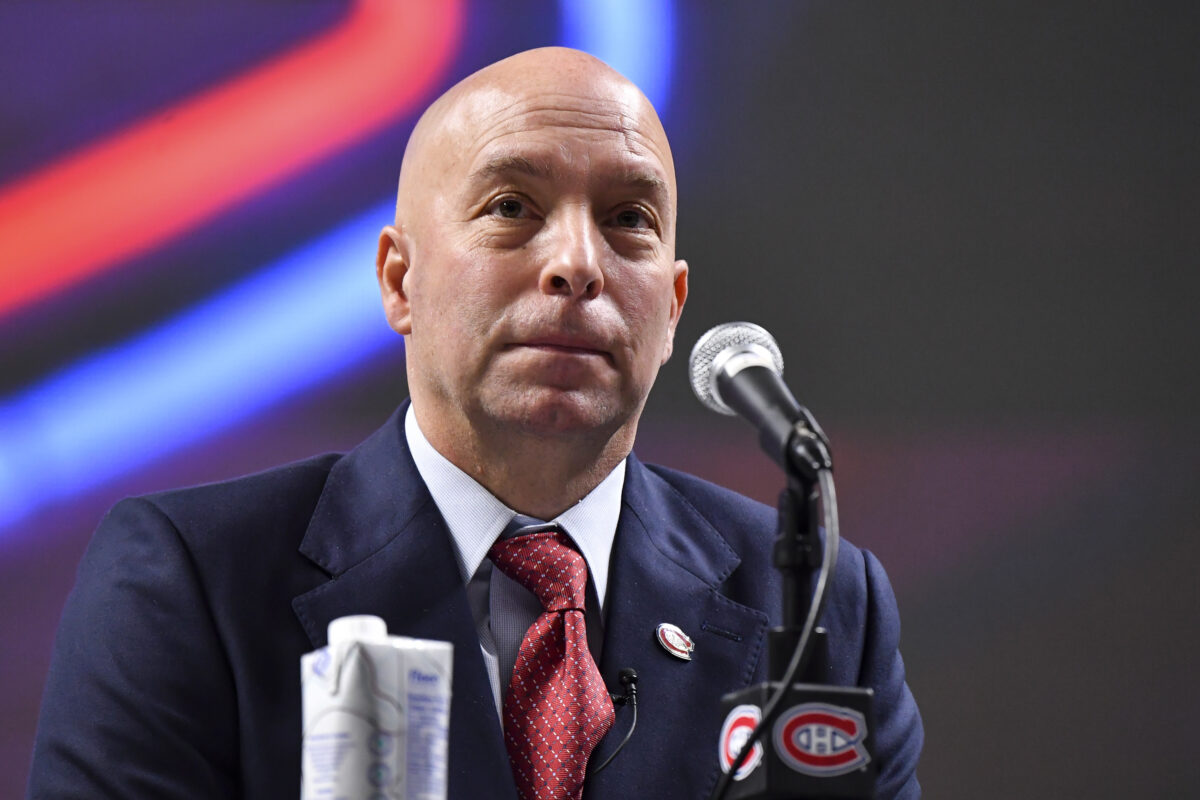
This is Hughes’ team. Up until he was hired, Gallagher’s career with the Canadiens just spanned Bergevin’s tenure (even if he was officially drafted by Pierre Gauthier). So, Hughes’ loyalty to Gallagher is primarily professional in nature, even if he’s from the area and must recognize what the forward means to the team and its fans.
Hughes must be expected to do what’s right for the Habs as an organization, which is why an eventual buy-out is on the table. However, this is not Alzner 2.0, in that, while Gallagher’s latest contract wasn’t all that great of idea, it wasn’t a mistake either. Gallagher was grossly underpaid for most of his career for what he brought to the table. So, it makes sense he would have a seat at it for as long as humanly possible, as he continues to contribute as the consummate professional and leader by example he’s always been. No one should expect that part to change at least.
